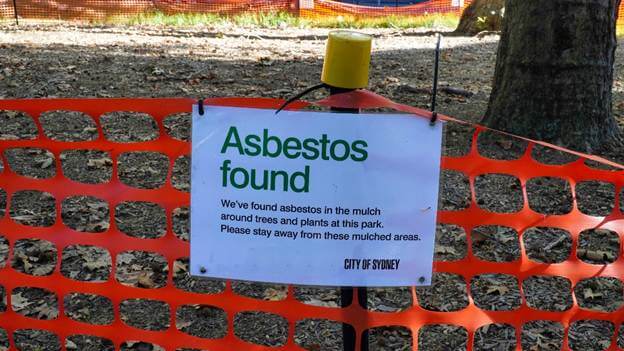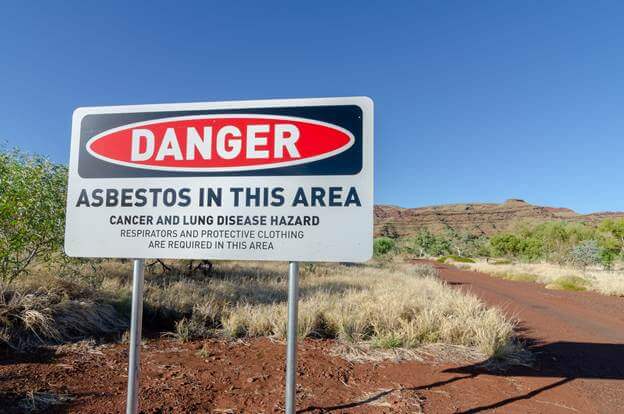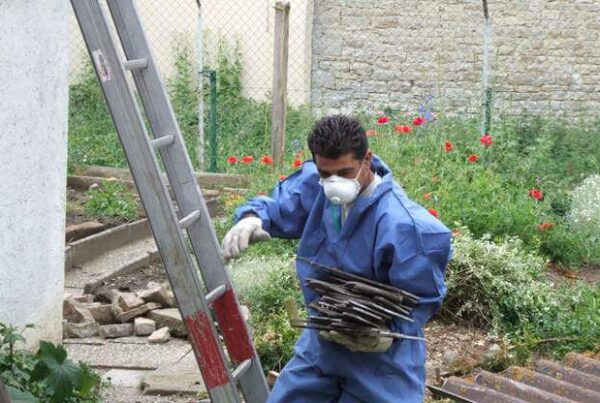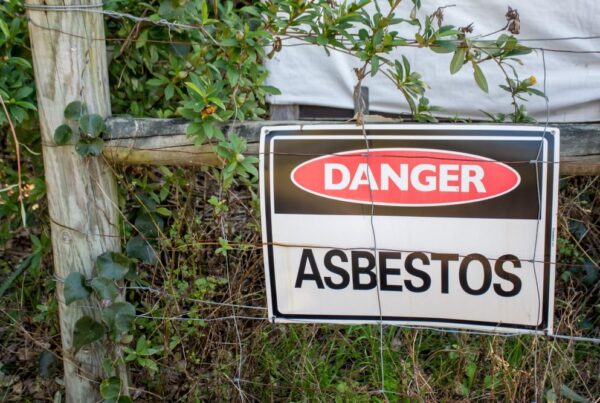Remember the time when asbestos found in mulch in parks across Sydney made national news? Well, apart from having its own Wikipedia entry now, dozens of charges have been filed against the contractor responsible. The investigation turned up nearly 80 sites all over NSW containing asbestos – all of which have, fortunately, been cleaned.
Although experts said most of the sites contained encapsulated asbestos, which was less likely to degrade into a major health risk, the public’s overall reaction was understandable. Australia’s long history of asbestos usage dates back roughly 150 years ago, and they mined and processed a lot of it, only to suffer the consequences later.
A combination of federal and state laws led to the total ban on asbestos on December 31, 2003 (though it took effect the following day), joining nearly 70 countries. The road to the ban was as coarse and rough as the asbestos fibres themselves.
The First Wave (1880s – Early 1900s)
Asbestos is formed when magnesium-rich rocks undergo what the U.S. Geological Survey calls “metasomatic replacement.” Without too much jargon, this phenomenon involves replacing one mineral with another, mainly through exposure to magma. As Australia has the fourth-largest magnesite reserve in the world, asbestos deposits are a given.
Yet, it wasn’t until the 1880s that Australia first utilised the mineral to create fire-resistant building materials. Coupled with the many places to mine asbestos, it quickly became the primary material for residential and commercial construction at the time.
Although medical experts at the time stressed the importance of minimising silicate dust at work, most had little to no understanding of how exposure to asbestos leads to adverse health effects. It resulted in the so-called “first wave” of cases, primarily affecting miners and industrial workers who regularly handle a wide range of forms of asbestos.
It wasn’t until 1906, with Dr Montague Murray’s autopsy of the first documented asbestos-related fatality (at least in modern history), that the health risks of asbestos exposure would come to light. In Australia, the first recorded death by asbestosis (a term coined in 1927) was an asbestos mill hand in NSW in 1933.
Despite mounting evidence, domestic asbestos production only continued to rise during this period. By the late 1930s, more asbestos mines became operational, particularly in the area surrounding the then-town of Wittenoom in Western Australia.
Buildings this old can still be found today, their asbestos untouched but either already or at risk of breaking down. Regardless, they require immediate asbestos roof removal for Sydney property owners to mitigate the risk to human health.
The Second Wave (1940s – 1970s)
Asbestos was a vital wartime resource during World War II, used for nearly everything from firefighting gear to insulation for warships. In 1942, the U.S. accounted for three-fifths of global asbestos consumption, prompting it to import from other friendly countries.
Demand remained high after the war as cities and towns struggled to rebuild. Much of the country was spared from the destructive air raids, but places that weren’t such as Darwin fuelled domestic demand. During this time, production of asbestos-containing materials (ACMs) reached an all-time high.
But as ACMs found their way to new homes and commercial buildings during the post-war construction boom, so too did workers using them become increasingly exposed. The resulting “second wave” included utility workers and tradespeople who were exposed to asbestos fibres while cutting and fitting ACMs to the appropriate dimensions.
After reaching its peak, asbestos production and importation began its slow decline. Some mines were also shut down, namely the Wittenoom mine in 1966, though the reasons were more business-related than awareness of its health hazards. It was the country’s main source of crocidolite, also known as blue asbestos.
It took the media to get the public to really talk about the dangers of asbestos. In 1977, the late ABC radio journalist Matt Peacock ran a seven-part radio program that discussed how it endangered worker safety. Despite the asbestos industry fighting any such attempts, it inspired more reports like Catherine Martin’s article for the West Australian one year later.
The Third Wave (1980s – Current)
The 1980s sounded the death knell for asbestos usage in Australia. The Parliament launched investigations on the adverse health effects of asbestos mining on the local Aborigines, such as the 1984 inquiry on workers on the now-closed Baryulgil asbestos mine. A year before, the asbestos mine at Woodsreef was closed due to non-compliance with dust control regulations.
However, by this time, asbestos is present in nearly every house and building in Australia. The slow degradation of ACMs and accidental discoveries during renovation work started the “third wave” of asbestos-related disease cases, affecting families and employees.
Australians have no appetite for a fourth wave, so the government took action and banned the production and importation of asbestos in 2003.
It’s anyone’s guess how long it will take for every house and building to be free of asbestos-containing products. A study by the Asbestos Safety and Eradication Agency found that over six million tonnes of ACMs remain in the built environment. Its Asbestos National Strategic Plan aims for a 2030 deadline as the halfway point, with an absolute deadline of 2068.
Until then, it falls on professionals like us and the general public to work together and help meet that strict deadline. Asbestos has no room in the current Australia.







